DGPS Positioning
DP Vessel Positioning
Dynamic Positioning (DP) is essential for maritime operations that require vessels to maintain precise positioning without anchoring. This advanced system is crucial for tasks such as offshore construction, drilling, subsea installations, and maintenance, ensuring stability and accuracy even in challenging conditions.
Rigs and Jack Ups Transfer and Positioning
The precise transfer and positioning of self-elevating and semi-submersible platforms are critical for the efficient and safe exploitation of marine resources. These operations require advanced navigation, stability control, and positioning systems to ensure optimal deployment in offshore environments.
Anchor System Positioning
This method is used to keep a vessel securely positioned within a specific area. Anchors, connected by cables or chains, are continuously adjusted to compensate for environmental factors such as currents, wind, and tides, ensuring precise station-keeping for marine operations.
Positioning for Diving Vessels
Accurate positioning is crucial for ensuring safety and precisionduring underwater operations. It enables reliable navigation and station-keeping for tasks such as inspection, maintenance, construction, and repairof underwater infrastructure, optimizing efficiency and minimizing operational risks.
New Levels of Precision
DGPS Positioning
At Posicionamientos Marinos Malaquias, we provide high-precision DGPS (Differential GPS) services, ensuring exceptional accuracy to help you excel in your industry.
Our DGPS solutions enhance positioning reliability across various applications, including: Construction, Dredging, Diving, Maintenance & Installations, Geophysics & Geotechnical.
DP Vessel Positioning
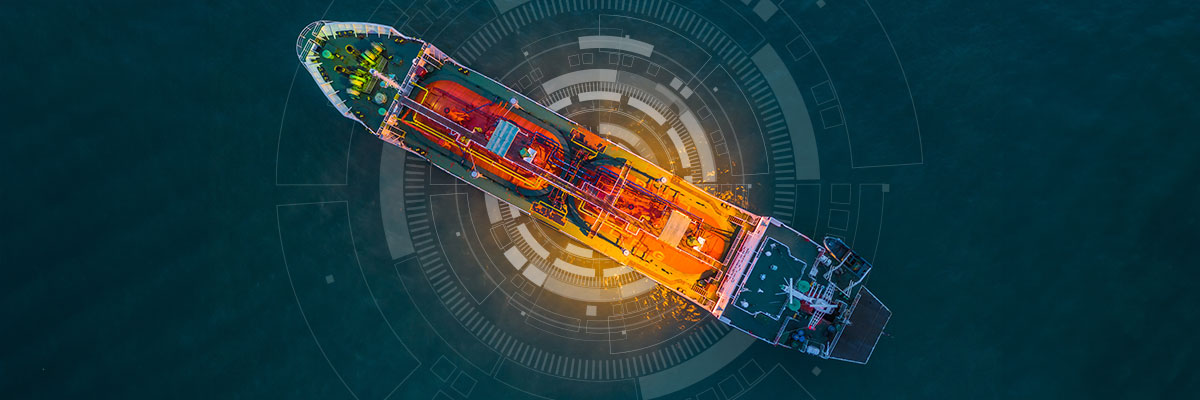
At Malaquias Subsea, we provide advanced DGPS (Differential Global Positioning System) services to enhance the accuracy of vessel navigation. By utilizing additional reference stations, DGPS significantly improves positioning precision, ensuring reliable and precise measurements for offshore operations.
DGPS is essential for maritime applications that demand high-precision positioning, ensuring vessels maintain accurate locations during critical operations. It is particularly valuable for tasks such as laying submarine cables, installing offshore platforms, and navigating in confined or challenging waterways, enhancing safety and efficiency.
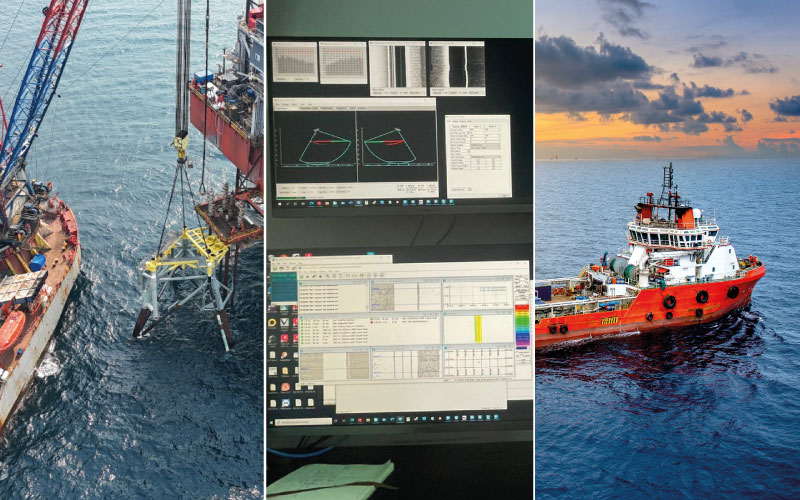
Dredging Operations
In port and canal dredging operations, DGPS enables vessels to maintain precise positioning and follow predetermined routes, ensuring that all project specifications are met with accuracy.
Installation of Submarine Infrastructures
During installation of pipelines, subsea cables or platforms, vessels use DGPS to ensure that equipment is placed in the exact location.
Hydrographic Research and Surveys
Hydrographic research vessels utilize DGPS to collect precise data on underwater topography and water quality, enabling accurate assessments of specific marine areas.
Advantages of DGPS for Vessels
Superior Accuracy–DGPS significantly enhances positioning precision, which is crucial for critical maritime operations.
Reduced Margin of Error–Minimizes positional deviations, ensuring safer and more controlled maneuvers in complex environments.
Real-Time Corrections–Provides continuous updates for accurate navigation, adapting to dynamic conditions instantly.
Cost-Effective Solution–Compared to advanced Dynamic Positioning (DP) systems, DGPS offers high accuracyat a lower cost, without requiring additional propulsion systems.
DGPS is an efficient and precisenavigation solution, ideal for maritime applications that demand greater accuracy than conventional GPS while maintaining operational simplicity.
Rigs and Jack Ups Transfer and Positioning
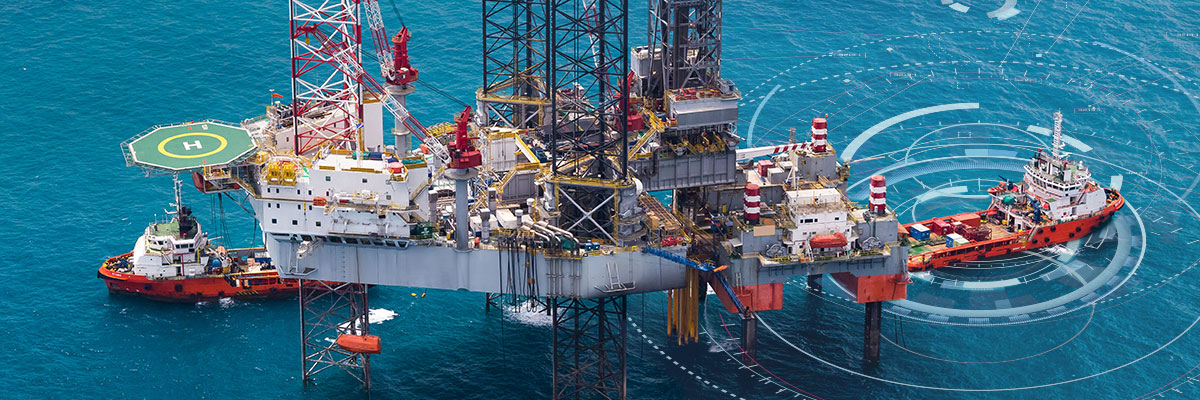
The transfer and positioning of jack-up and semi-submersible platformsare critical operations for the effective exploitation of marine resources, such as oil and gas. These platforms are specially designed for specific marine conditions, and each requires a tailored approach to ensure safe and precise deployment. Jack-up platforms are ideal for shallow waters, while semi-submersibles are suited for deeper, more challenging environments. Both types demand advanced positioning techniques to optimize safety, stability, and operational efficiency during transfer and positioning.
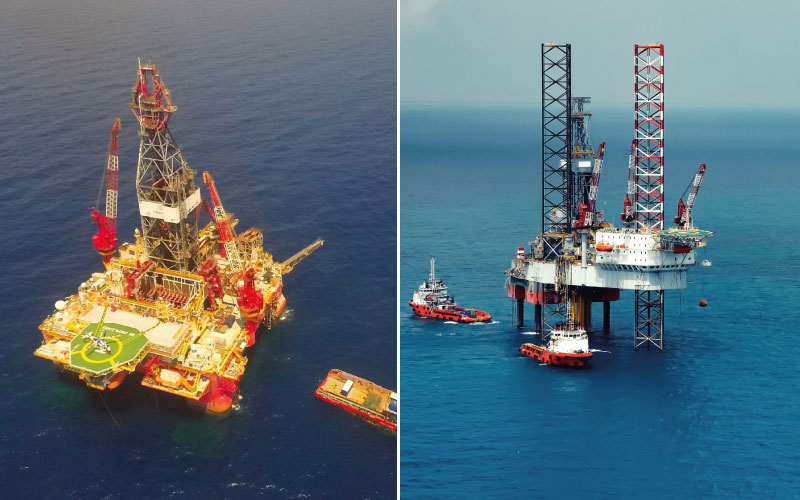
Jack-Up Rigs
Jack-up rigs are mobile offshore structures designed primarily for shallow-water operations. They feature a floating hull with long legs that are lowered to the seabed, allowing the platform to be raised above the water's surface. This unique design provides stability and enables the rig to operate in areas where fixed platforms would not be feasible. The ability to “jack up” ensures the rig remains steady in challenging marine conditions, making it ideal for drilling, maintenance, and other offshore activities in shallow waters.
Semi-Submersible Platforms
Semi-submersible platforms are floating structures designed for deep-water operations, stabilized by submerged floats beneath the water's surface. Their unique design makes them highly resilient to rough sea conditions, but it also makes them more complex to move and position. Due to their size and operational environment, precise positioning is essential, requiring advanced navigation systems and specialized techniques to ensure their stability and efficiency during transfer and deployment.
Positioning Systems
In the positioning process, specialized navigation softwareis employed to make real-time adjustments, ensuring safety and precisionthroughout the operation. Differential GPS (DGPS)systems, remote GPS equipment on tugs, and acoustic referenceswork together to monitor and verify that the platform stays precisely within its designated location. Additionally, seabed inspections are conducted to check for any obstructions that might interfere with the platform’s legs.
For semi-submersible platforms, a specialized system integrated into the vessel's navigation system is utilized to perform the rolling of the anchors, ensuring proper station-keeping and stability in deeper, more dynamic environments. This combination of technologies guarantees optimal positioning, safety, and operational efficiency during the transfer and positioning of offshore platforms.
Anchor System Positioning
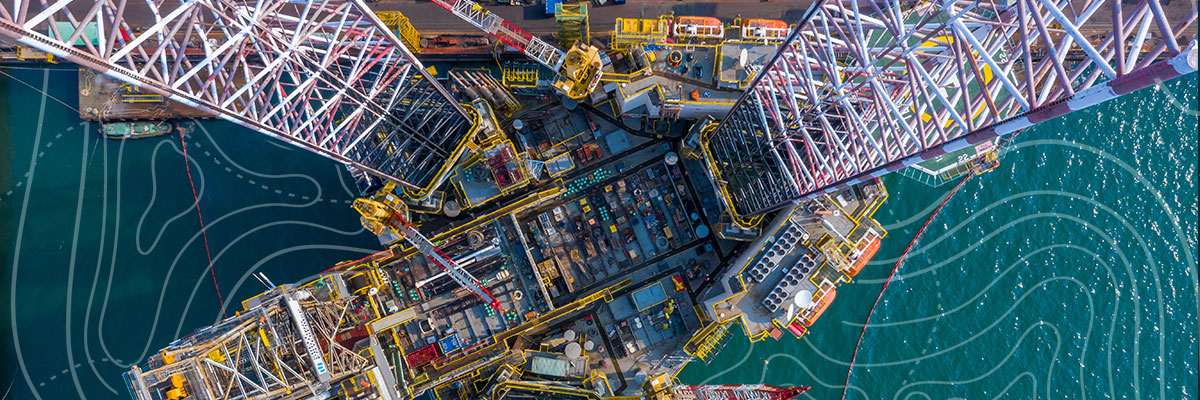
At Malaquias Subsea, we offer vessel positioning services using anchor rolling, a time-tested technique widely used in the maritime industry to maintain a vessel’s position in a specific area. This traditional method involves precise adjustments to the anchor's position, ensuring the vessel remains securely stationed, even in challenging conditions. It’s an effective and reliable solution for a wide range of offshore operations.
Anchor-Based Vessel Positioning
Anchor-based positioning is a widely used method in operations where dynamic positioning (DP) or DGPS systems may not be required or feasible. This technique is particularly effective in drilling, subsea construction, and platform installationin shallow waters. By securing the vessel with anchors, this method ensures stability and precise positioning, providing a reliable solution for various offshore tasks where advanced navigation systems are not essential.
Positioning of Vessels with Diving Activities
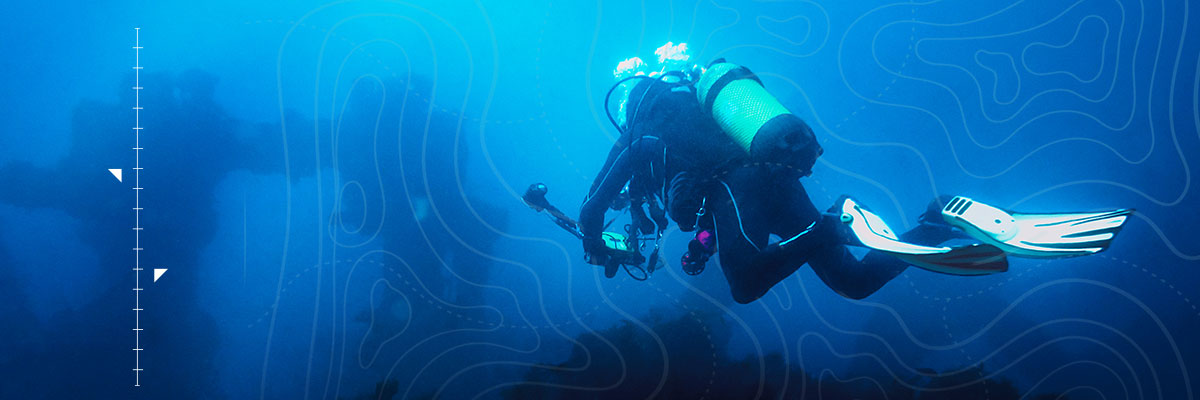
At Malaquias Subsea, we provide vessel positioning services for ships engaged in diving operations, ensuring safety and precision during a variety of underwater tasks. Whether it's for inspection, maintenance, construction, or repair of underwater infrastructure, our positioning services are crucial for coordinating and executing these activities with accuracy and reliability, even in challenging marine environments.
Vessel Positioning for Diving Activities
Our vessel positioning systems are designed to ensure that the vessel remains precisely in its designated position or follows a specific path, a critical aspect for the success and safety of diving operations. This level of accuracy is essential for diversto perform their tasks effectively, whether it involves underwater inspections, maintenance, construction, or repair of submerged structures. By maintaining optimal positioning, we help ensure that the work is completed efficiently and safely.
